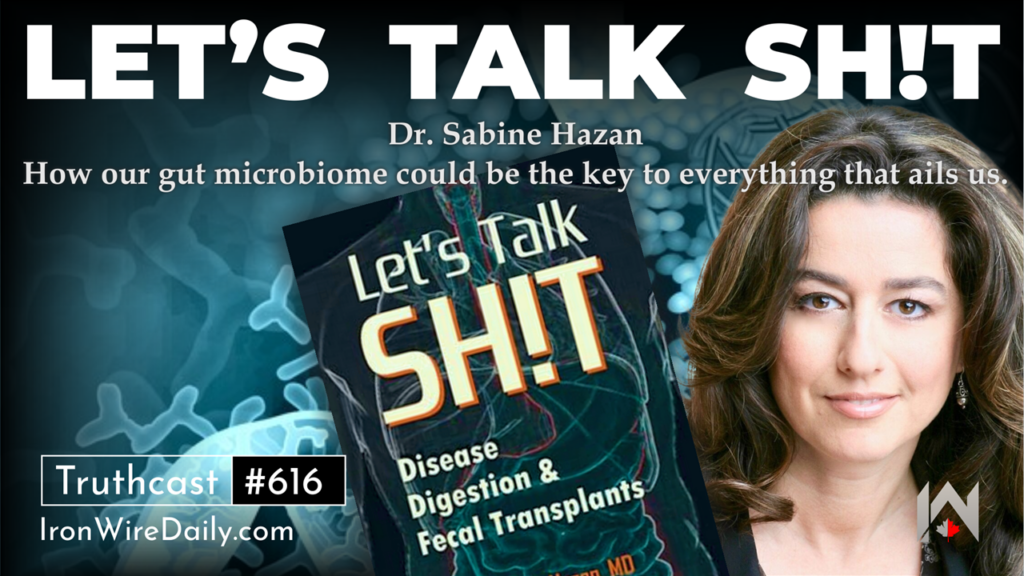Autism Prevalence: A Real, Accelerating Epidemic
Source: Children’s Health Defense
Editor’s note: This is the second in a series of articles by James Lyons-Weiler, Ph.D., on the autism epidemic. The series will dismantle the denialist narratives that have dominated public discourse, replacing them with a rigorous, testable and biologically coherent framework. Read part one here.
Despite persistent efforts to reframe autism as a benign neurodivergence or a diagnostic abstraction, the data tell a radically different story — one of exponential growth, expanding disability burden, and increasing severity. The numbers are not merely alarming — they are devastating.
According to the Centers for Disease Control and Prevention’s (CDC) 2025 report, based on data from the Autism and Developmental Disabilities Monitoring Network, the national prevalence of autism among 8-year-olds rose from 1 in 36 in 2020 to 1 in 31 in 2022, representing a 17% increase in just two years.
The gender disparity is stark: among boys, the rate is 1 in 20, and in California — widely regarded as having the most rigorous autism surveillance systems — the number is 1 in 12.5. These are not isolated spikes or outlier data points; they are the latest entries in a persistent trendline that has been climbing, unbroken, for decades.
What makes these findings even more consequential is the pattern among younger cohorts. In five of the CDC’s 16 study sites, the autism rate among 4-year-olds already exceeds that of 8-year-olds, strongly suggesting that future reports will show even higher national prevalence as these children age into formal diagnosis. This undermines the assumption that we are merely detecting autism earlier. Rather, it signals that the baseline incidence continues to rise.
The massive scientific literature that existed 10 years ago described this trajectory as not merely an increase but a pathological acceleration, one that can no longer be attributed to demographic shifts, diagnostic reclassification, or administrative factors. In my book, “The Environmental and Genetic Causes of Autism,” I reviewed a huge body of peer-reviewed evidence that systematically dismantles the artifact theory.
For example, Cynthia Nevison (2014) demonstrated that even after adjusting for changes in diagnostic criteria and increased awareness, the dramatic rise in autism diagnoses remains largely unexplained — unless environmental exposures are included in the model.
Moreover, the nature of autism being diagnosed has changed in ways that defy the mainstream narrative. If the increase in prevalence were due primarily to better detection of high-functioning or mild cases, one would expect a concurrent increase in the proportion of children with higher IQs. But the opposite is true.
The CDC report shows that nearly two-thirds of children diagnosed in 2022 had IQs below 85, meaning they are cognitively impaired or borderline. This figure has grown over time, not shrunk. These children are not “quirky geniuses” simply being noticed more — they are deeply disabled, often non-verbal, and require lifelong support.
This disproves what U.S. Secretary of Health and Human Services (HHS) Robert F. Kennedy Jr. termed the “epidemic denialism” narrative, repeated ad nauseam by academics and media outlets with deep entanglements in institutions historically resistant to environmental causation.
The Washington Post, for example, labeled the 17% increase as “slight.” But as Rutgers’ Walter Zahorodny, Ph.D., one of the principal investigators in the CDC’s own surveillance network, countered, “Better awareness cannot be driving a disability like autism to increase by 300% in 20 years.”
Existing science goes further, pointing to population-level implausibilities inherent in the artifact argument. If autism rates truly had remained constant over time, as some genetic determinists claim, we would expect to see comparable rates in adults over 35, including millions of severely affected individuals who would require intensive care, group housing, or institutional support. They are simply not there.


This article was funded by critical thinkers like you.
The Defender is 100% reader-supported. No corporate sponsors. No paywalls. Our writers and editors rely on you to fund stories like this that mainstream media won’t write.
Kennedy posed the blunt question during a press conference: “Where are the older adults with profound autism?” The answer is self-evident: they never existed in such numbers, because something changed in the environment in recent decades that did not exist in previous generations.
Kennedy, Zahorodny, and rational scientists converge on the same conclusion: the data are real, the increase is real, and the only scientifically responsible position is to treat the autism surge as a genuine epidemic. The public health implications are catastrophic. As Kennedy noted, the rising rates of severe autism are not only devastating families — they are eroding the nation’s future:
“These are children who, many of them, were fully functional and regressed. They will never write a poem, never go out on a date, never live independently. We are doing this to our children, and we have to stop.”
Critics may bristle at the bluntness of this statement, but it reflects a deeper truth: ignoring the magnitude of the crisis in the name of social comfort or political expediency is itself a form of abandonment. It is not Kennedy who is stigmatizing the disabled — it is the mainstream public health establishment that has failed them, by refusing to investigate why the disability is becoming so much more common.
That said, Kennedy might have done well to point out that the Spellers program is revealing an army of previously non-communicative poets, philosophers, scientists and politicians in young adults who suffered the environmental exposures that revealed their genetic susceptibility.
In the next part, we will examine the inadequacy of genetic determinism to explain the autism epidemic and explore why the scientific consensus must shift toward gene-environment interaction as the primary lens of investigation.















